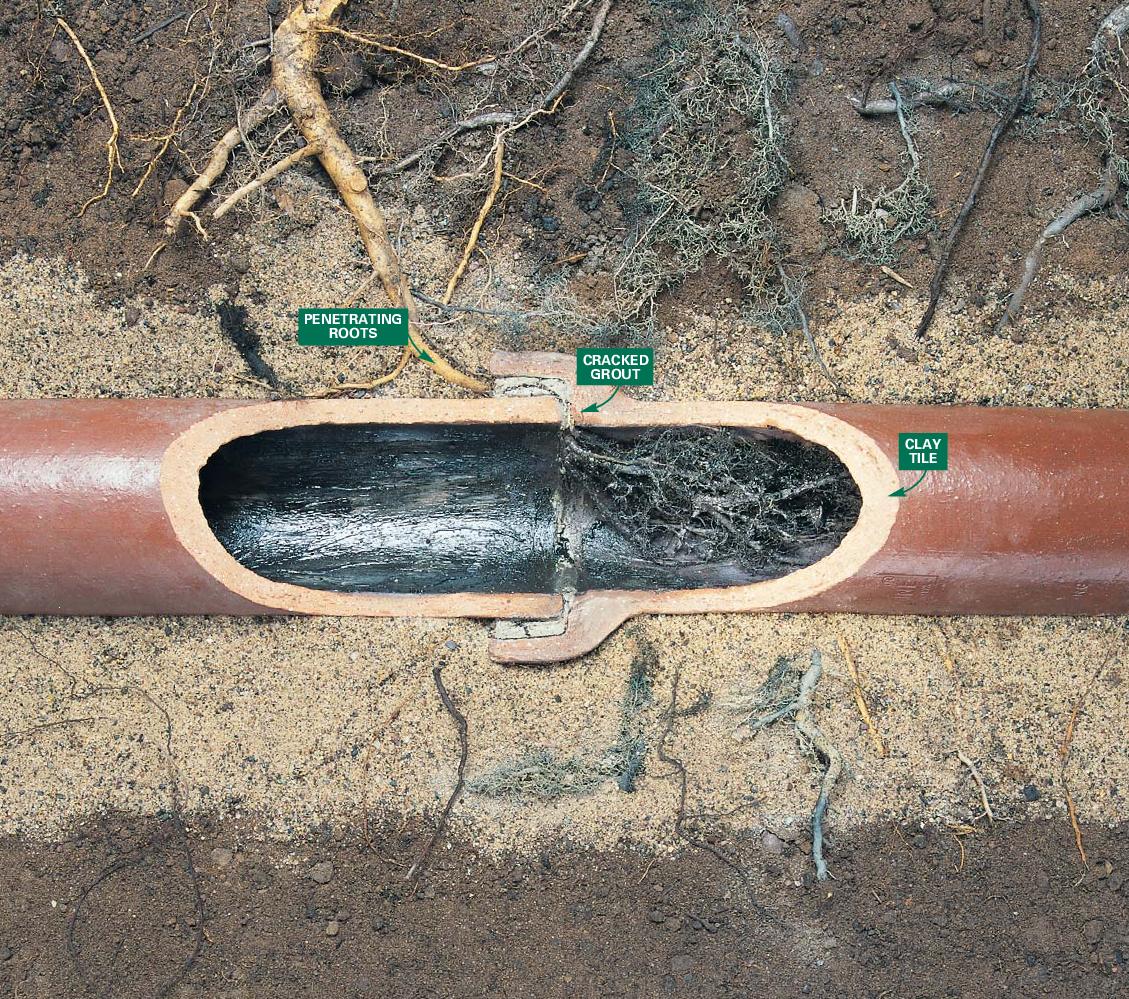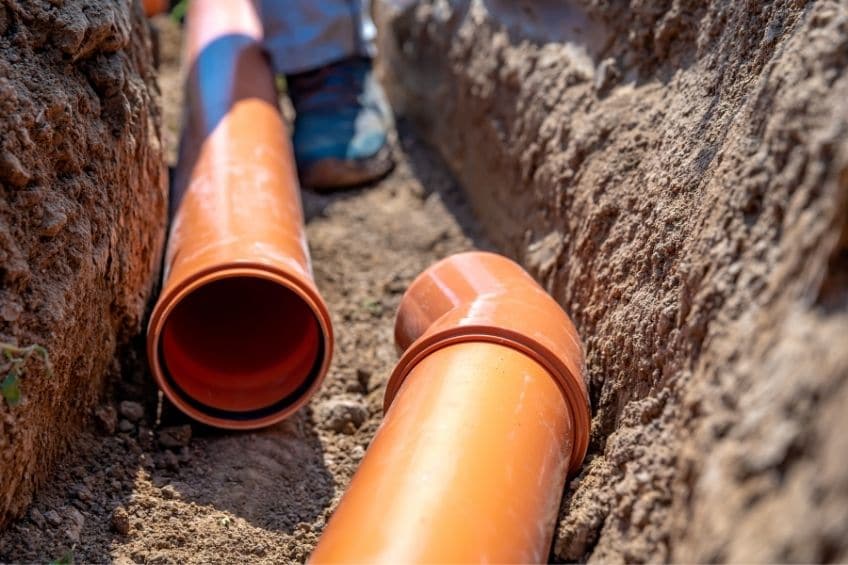Clay tile sewer line repair involves replacing damaged or cracked clay tiles to ensure proper drainage and prevent leaks. This repair process may require the expertise of professional plumbers or sewer repair specialists.
Clay tile sewer lines are known for their durability and longevity, but over time they can become damaged due to natural wear and tear or tree root intrusion. When these issues arise, it is important to address them promptly to prevent further damage to the sewer system.
Hiring a qualified contractor to assess and repair the clay tile sewer line can help ensure the long-term functionality and integrity of the drainage system. We will explore the common causes of clay tile sewer line damage, the repair process, and the importance of professional assistance in addressing these issues.
Understanding Clay Tile Sewer Line Repair
Clay tile sewer lines have a long history of use in underground plumbing systems. The durability and effectiveness of clay as a sewer material have made it a popular choice for many municipalities and homeowners. However, due to its age and material composition, clay tile sewer lines require regular maintenance and repair to ensure continued functionality. Understanding the history of clay tile sewer lines provides insight into their longevity and the challenges they may face over time. Additionally, recognizing the importance of maintaining clay sewer systems can help prevent issues and extend the lifespan of the pipes.

Credit: www.rbpsarnia.com
Identifying Sewer Line Issues
When it comes to clay tile sewer line repair, it’s crucial to understand the common signs of sewer line damage. Look out for foul odors, slow drainage, sewage backups, and mold growth as potential indicators of a problem. Homeowners can conduct a DIY inspection by checking for lush patches of grass, depressions in the lawn, or cracks in the foundation, which may suggest a damaged sewer line. However, calling a professional is necessary if any of these signs are present. A professional inspection can accurately diagnose and address the issue to prevent further damage.
Effective Repair Methods
Clay tile sewer line repair is crucial for maintaining the functionality and longevity of your drainage system. Pipe relining solutions offer a cost-effective and durable alternative to traditional pipe replacement. By utilizing the latest trenchless technology, sewer lines can be rehabilitated without the need for extensive excavation. This approach minimizes disruption to property and landscaping while ensuring a seamless and long-term solution to damaged sewer lines.
Choosing The Right Repair Technique
When it comes to choosing the right repair technique for clay tile sewer line repair, several factors come into play. Cost considerations and longevity are significant factors that influence the selection of a repair method. Each method has its pros and cons, and it’s essential to weigh them carefully before making a decision.
Preventing Future Sewer Line Damage
Clay tile sewer line repair is crucial to maintaining the functionality of your sewer system. Regular maintenance practices can help prevent future sewer line damage. Keeping landscaping in check and avoiding root intrusion by planting trees away from sewer lines can extend the life of your clay tile sewer line. Additionally, adopting smart flushing habits for household items such as wipes and grease can minimize blockages and potential damage. By taking these preventive measures, you can reduce the risk of costly sewer line repairs and ensure the smooth running of your sewer system.
Navigating Repair Regulations
When it comes to clay tile sewer line repair, it is crucial to understand local sewer repair codes. Licensed contractors play a vital role in ensuring compliance during repairs. They are knowledgeable about the specific regulations and requirements that need to be followed in different areas. By hiring a licensed contractor, homeowners can have peace of mind knowing that the repair work will meet all the necessary standards. Understanding the local sewer repair codes is essential for both contractors and homeowners, as it helps avoid potential issues and ensures the repair process goes smoothly. Compliance with regulations not only guarantees the effectiveness of the repair but also contributes to the overall safety and functionality of the sewer line.
Frequently Asked Questions Of Clay Tile Sewer Line Repair
What Are The Signs Of A Damaged Clay Tile Sewer Line?
Clay tile sewer line damage can show through slow drainage, foul odors, and soggy patches in the yard. You may also notice mold or mildew, and an increase in pest activity.
How Is A Clay Tile Sewer Line Repaired?
Repairing a damaged clay tile sewer line often involves trenchless pipe lining, where a pipe liner is installed within the existing clay tile, creating a durable, jointless, and long-lasting solution.
Can Roots Penetrate Clay Sewer Lines?
Yes, clay sewer lines are susceptible to root intrusion. Roots can penetrate through joints and cracks in the clay pipes, leading to clogs and potentially damaging the sewer line over time.
What Is The Lifespan Of A Clay Tile Sewer Line?
The lifespan of a clay tile sewer line can vary. With proper maintenance, they can last up to 50-60 years. However, factors such as tree roots and soil conditions can affect the longevity.
Conclusion
Clay tile sewer line repair is a crucial investment for maintaining a well-functioning plumbing system. With the ability to withstand root intrusion and deterioration, clay tile sewer lines provide durability and longevity. By addressing any issues promptly, homeowners can prevent costly repairs and ensure the smooth operation of their sewer system for years to come.

